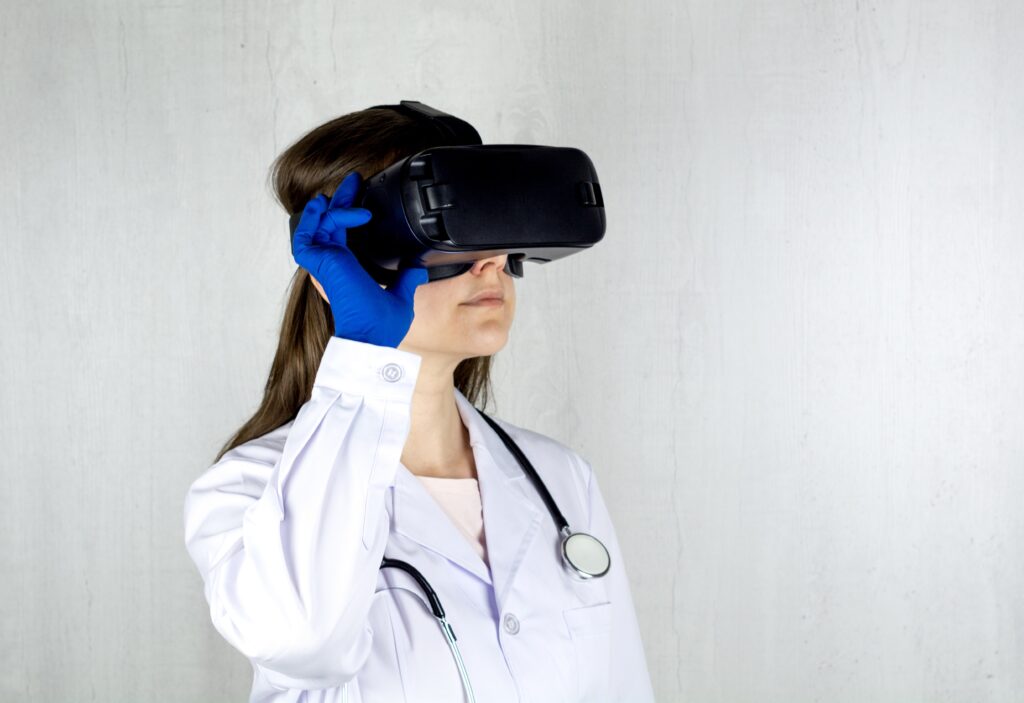
Internet of Things is the connection of several physical objects to a particular network and it will transmit signals and data among them. With such importance, technology has stepped in all the industry all over the globe. It might be retail or smart homes, you can find the presence of IoT everywhere. Similarly, healthcare is also the sector where the impact of IoT is too high. The doctors ensure on-time also offers the best way for the right time treatment for the patients that save more number of lives.
For doctors, patients, insurers and researchers, IoT became the best and vibrant force that motives better and ease functioning. The impact is strong and effective in different aspects. Here are some of the most important and much mention significant to explain the impact of the IoT over the healthcare sector.
Hearable
These are the new age hearing aids that help in complete transferring of the life of the people who are suffering from hearing loss. These hearts can be connected to Bluetooth and sync them with your mobile. It allows you to filter, equalize and add layered certain features to the real-world sound. Through this, the person will be able to listen to the sound and they can forget that they have such a type of defect.
Ingestible sensors
Ingestible sensors can be said as the marvel of modern science. They appear like pill-sized sensors and the patients need to swallow it. In the monitor, the doctor will be able to see all the activities of the body. This helps in easy diagnoses of the diseases where they do not need to knife, switches, pain, etc.
These sensors are highly beneficial for the patients who are suffering from diabetes as it will help in curbing symptoms and even if there are any diseases, it will be discovered easily. Further, the pill will be disposed of safely through stool without any dangers.
Real-time remote monitoring
With the help of IoT, it is possible to connect multiple devices and enable real-time monitoring for the patients. Along with it, these devices are also equipped to transmit the signals to the home as well. So this reduces the time for the patients to be in the hospital, which in turn reduces the cost of hospitalization. There will be fulfillment in the doctor’s attention even when you are at home. Also, real-time information will be provided based on the medications.
Blood pressure monitoring
In 2016, there was a device launched in the name called Bluetooth enabled coagulation system that aims to monitor the space of blood coagulation for certain anticoagulated patients. Likewise, there are also sensor-based blood pressure levels in patients who suffer from hypertension. For all such health issues, it is possible to have medicines be prescribed accurately and not based on any guess works.
Besides, these devices also serve as the reason for lower the risk of cardiac arrests and make the situation to be critical.
Smart watches
This is the device that is created for checking the mood of the people and reporting the data to the server. Also, these will help in monitoring sleep cycles, fitness activities like running, walking, jogging, etc. However, these apps are still in the phase of testing and not stepping for the people to use them regularly.
Importance of Sensor Accuracy and Hyperhidrosis:
Excessive sweating due to hyperhidrosis can interfere with the sensors on a smartwatch, leading to inaccurate readings of vital metrics like heart rate or blood oxygen levels. Maintaining sensor accuracy is crucial for the reliability and safety of health monitoring features on the device.
Closed-loop insulin delivery
One of the most fascinating areas in IoT medicine can be said as the open-source initiative Open Artificial Pancreas System. It is the type of closed-loop system that delivers insulin but differs highly with CRM and gauging the amount of glucose in the bloodstreams of the patients. It also helps in automated pumping of insulin in the patient. The software completes the loop continuously and makes certain changes in the amount of insulin in the pump that delivers.
Connected contact lenses
One of the ambitious applications of the IoT in the healthcare industry is the medical smart contact lens. This concept makes a deal for the patients who wish to enhance their lives despite the medical issues that they have. These lenses have the capacity of measuring tear glucose and provide some early warning systems if the person is suffering from issues like diabetics. There will be a warning if there is a rise or drop in the blood and glucose level beyond or less than the fixed threshold level. This helps in earlier prevention and detection of any health issues.
Final thoughts
IoT has changed so much and created a serious impact on the healthcare industry. All these facilities help for the development of the people, ease of the medical facilities, etc. All these can be achieved only when you have an intense understanding and idea over the technology. Grab the opportunities offered by the technology and make the most comfortable living with sound health!
Image Credits
Featured Image: Unsplash